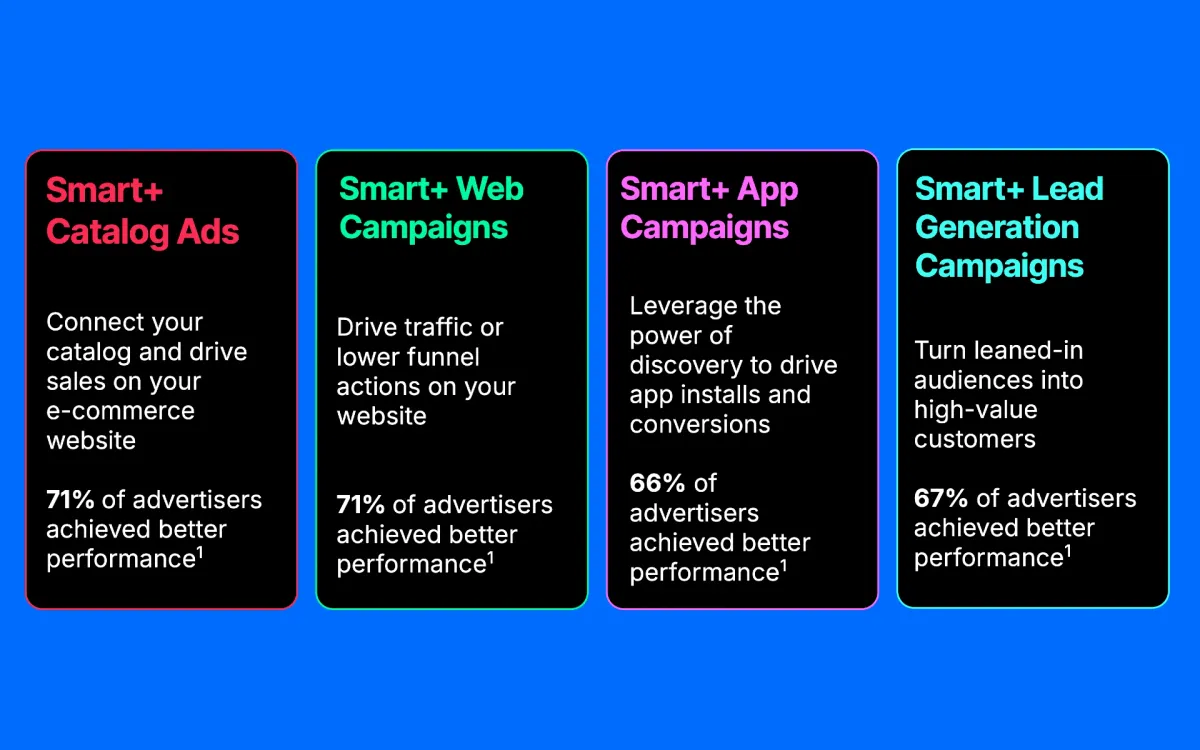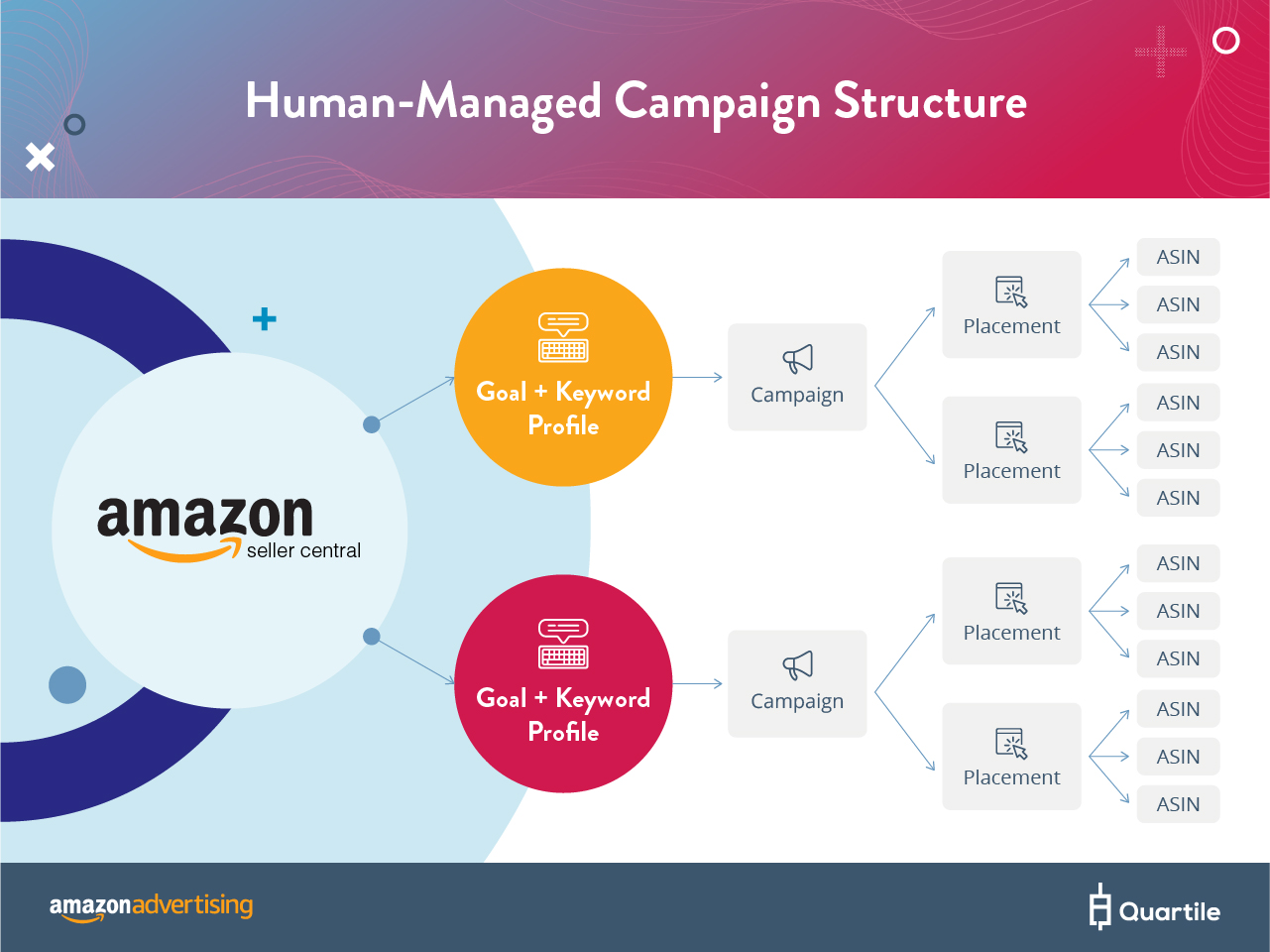Ai-Powered Ad Optimization uses machine learning to enhance ad performance. It analyzes data to improve targeting and efficiency.
AI-Powered Ad Optimization revolutionizes digital marketing. By leveraging machine learning, it scrutinizes vast amounts of data to predict and enhance ad performance. Marketers can precisely target audiences, ensuring ads reach the right people at the right time. This technology helps in adjusting bids, selecting the best keywords, and crafting compelling ad copies.
AI tools continuously learn and adapt, offering insights and recommendations that drive campaign success. This approach not only boosts conversion rates but also maximizes return on investment. Businesses can save time and resources while achieving superior results. Implementing AI in ad optimization is a game-changer for modern marketing strategies.

Credit: pathmonk.com
Table of Contents
ToggleIntroduction To Ai-powered Ad Optimization
AI-powered ad optimization is transforming the advertising landscape. It uses artificial intelligence to improve ad performance. This technology helps marketers achieve better results with less effort.
What Is Ai In Advertising?
AI in advertising refers to the use of artificial intelligence to create, manage, and optimize ads. This involves machine learning algorithms that analyze data and predict trends. AI can adjust ads in real-time to maximize effectiveness.
- Automation: AI automates repetitive tasks, freeing up time for creative work.
- Data Analysis: AI analyzes vast amounts of data to find patterns.
- Personalization: AI tailors ads to individual user preferences.
Importance In Modern Marketing
AI-powered ad optimization is crucial in modern marketing. It allows for precise targeting and efficient budget use. Marketers can reach the right audience at the right time.
| Benefit | Explanation |
|---|---|
| Improved ROI | AI ensures ads are shown to the most relevant audience, increasing returns. |
| Real-Time Adjustments | AI can adapt ads instantly based on performance data. |
| Enhanced Customer Experience | AI delivers personalized ads, improving user engagement. |

Credit: ppc.land
Key Benefits Of Ai In Ad Optimization
AI-powered ad optimization is transforming the digital marketing landscape. Marketers now leverage AI to enhance their ad campaigns. This technology offers numerous benefits. Let’s explore the key benefits of AI in ad optimization.
Increased Efficiency
AI algorithms process vast amounts of data quickly. This reduces the time spent on manual tasks. Marketers can focus on strategy rather than data crunching.
AI tools can automate repetitive tasks. This includes bidding, ad placements, and performance tracking. Automation saves time and resources.
AI-powered systems can adjust campaigns in real-time. This ensures optimal performance and maximizes ROI. Real-time adjustments mean less human intervention.
Here is a table showing the key aspects of increased efficiency:
| Aspect | Benefit |
|---|---|
| Data Processing | Quick and accurate |
| Task Automation | Saves time and resources |
| Real-time Adjustments | Optimal performance |
Enhanced Targeting
AI can analyze user data to identify patterns. This helps in creating personalized ads. Personalized ads resonate more with the audience.
AI can segment audiences based on various criteria. These include demographics, behavior, and interests. Segmentation ensures the right message reaches the right people.
AI tools can predict user behavior. Predictive analytics help in anticipating future actions. This leads to better targeting and higher conversion rates.
Here is a list of enhanced targeting benefits:
- Personalized ads
- Better audience segmentation
- Predictive analytics
Enhanced targeting improves ad relevance. Relevant ads lead to better user engagement and higher sales.
How Ai Analyzes Consumer Data
AI-powered ad optimization has revolutionized the advertising industry. It brings precision and efficiency to ad campaigns. Understanding how AI analyzes consumer data is crucial. This process involves multiple sophisticated steps.
Data Collection Methods
AI collects data through various methods. These methods include:
- Website Analytics: Tracks user behavior on websites.
- Social Media Monitoring: Analyzes interactions and engagements.
- Surveys and Feedback: Gathers direct consumer input.
- Purchase History: Reviews past buying behaviors.
This data helps AI understand consumer preferences. It ensures ads are targeted accurately.
Predictive Analytics
AI uses predictive analytics to forecast future behaviors. This involves:
- Data Analysis: AI analyzes collected data patterns.
- Trend Identification: Detects emerging consumer trends.
- Behavior Prediction: Forecasts future consumer actions.
Predictive analytics helps in creating personalized ad experiences. It improves ad relevance and effectiveness. AI ensures that ads reach the right audience at the right time.
| Data Source | Purpose |
|---|---|
| Website Analytics | Tracks user behavior |
| Social Media Monitoring | Analyzes engagements |
| Surveys and Feedback | Gathers consumer input |
| Purchase History | Reviews buying behaviors |
AI-powered ad optimization ensures efficient data analysis. It leads to improved ad targeting and higher engagement rates.

Credit: blog.escape-velocity.com
Personalized Ad Campaigns
Personalized Ad Campaigns are revolutionizing the advertising industry. AI-powered tools are enabling marketers to create highly targeted and engaging ads. These ads resonate more with audiences, leading to better conversion rates. By leveraging AI, advertisers can ensure each campaign is tailored to the unique preferences of their audience.
Dynamic Content Creation
AI can generate dynamic content that adapts to user behavior. This means ads can change based on what the user likes or dislikes. For instance, an ad can show different products to different users based on their browsing history. This level of personalization keeps the audience engaged and more likely to interact with the ad.
- Ad content changes based on user preferences
- Increased engagement and interaction
- Higher conversion rates
Real-time Adjustments
AI enables real-time adjustments to ad campaigns. Marketers can see how their ads perform instantly. If an ad is not performing well, AI can tweak it on the fly. This ensures that the ad remains relevant and effective.
- Instant performance insights
- On-the-fly ad adjustments
- Maintains ad relevance and effectiveness
The table below summarizes the benefits of AI-powered ad optimization:
| Feature | Benefit |
|---|---|
| Dynamic Content Creation | Personalized user experience |
| Real-Time Adjustments | Improved ad performance |
Ai Tools For Ad Optimization
Advertising is evolving with AI-powered tools. These tools optimize ads for better performance. They use data to make smart decisions. Let’s explore some popular AI platforms and how they integrate with existing systems.
Popular Ai Platforms
Many platforms use AI to enhance ad campaigns. Here are a few well-known options:
- Google Ads: Uses machine learning to optimize ad placement.
- Facebook Ads: Employs AI to target the right audience.
- AdRoll: Utilizes AI for retargeting ads to potential customers.
- Taboola: Leverages AI for content discovery and ad placement.
Integration With Existing Systems
Integrating AI tools with your current systems is crucial. It ensures a smooth workflow and maximizes efficiency. Here are some ways to achieve seamless integration:
- API Integration: Many AI platforms provide APIs for easy connection. This allows data to flow between systems.
- CRM Integration: Sync your CRM with AI tools. This helps in targeting the right audience based on customer data.
- Data Analytics Tools: Use AI tools that integrate with analytics platforms. This provides insights for better decision-making.
Below is a table summarizing the key benefits of AI integration:
| Benefit | Description |
|---|---|
| Efficiency | Automates repetitive tasks, saving time and resources. |
| Accuracy | Reduces human error in ad targeting and placement. |
| Insights | Provides valuable data for informed decisions. |
Challenges And Limitations
AI-powered ad optimization has brought a revolution in digital marketing. It enhances targeting, personalizes messages, and optimizes ad spending. But, it comes with its own set of challenges and limitations. Understanding these challenges is crucial for effective implementation and maximizing benefits.
Data Privacy Concerns
Data privacy is a significant concern in AI-powered ad optimization. AI systems require large amounts of data to function effectively. This data often includes personal information about users.
Storing and processing this data poses privacy risks. Unauthorized access and data breaches can lead to serious consequences. Regulatory bodies have strict guidelines on data usage. Complying with regulations like GDPR and CCPA is essential. Non-compliance can result in hefty fines and legal issues.
Users are becoming more aware of their privacy rights. They demand more control over their personal data. Companies must ensure transparent data usage policies. Building trust with users is vital for long-term success.
Algorithm Bias
AI algorithms can exhibit bias in ad optimization. Bias occurs when algorithms favor certain groups over others. This can lead to unfair ad targeting and exclusion of certain demographics.
Bias in AI arises from training data. If the data used to train AI is biased, the AI will also be biased. Identifying and mitigating bias in training data is challenging. Ensuring diverse and representative data is crucial.
Regular audits and algorithm reviews are necessary. These help in identifying and correcting biases. Implementing fairness in AI systems is an ongoing effort.
Transparency in AI decision-making processes is important. Users should understand how their data is used and how decisions are made. This can help in building trust and ensuring fairness.
Case Studies
Ai-powered ad optimization is transforming the marketing landscape. Through real-world examples, we can see its impact on campaigns. Let’s explore some successful implementations and lessons learned from these case studies.
Successful Implementations
Many businesses have reaped the benefits of AI in their ad strategies. Below are some notable examples:
| Company | Industry | Results |
|---|---|---|
| Retail Giant | Retail | 30% increase in ad ROI |
| Tech Innovator | Technology | 40% reduction in ad spend |
| Fashion Brand | Fashion | 25% boost in customer engagement |
These companies used AI to analyze data and optimize ads. Their success stories highlight the potential of AI-driven ad strategies.
Lessons Learned
From these case studies, we can derive several key lessons:
- Data Quality Matters: High-quality data leads to better AI predictions.
- Continuous Monitoring: Regular checks ensure optimal ad performance.
- Personalization: Tailored ads resonate better with the audience.
- Flexibility: Adjust strategies based on real-time feedback.
These insights can guide businesses in harnessing AI for ad optimization. Understanding these lessons ensures more effective campaigns and better results.
Future Trends In Ai-powered Advertising
AI-powered advertising is changing the way brands reach audiences. It uses smart technology to optimize ads. This makes them more effective and relevant.
Advancements In Technology
Technology keeps getting better. AI tools now analyze data faster and more accurately. They predict what customers want. This helps brands create personalized ads.
AI can also automate tasks. It can manage ad campaigns without human help. This saves time and reduces costs.
| Technology | Benefit |
|---|---|
| Machine Learning | Predicts customer behavior |
| Natural Language Processing | Understands customer feedback |
| Automation | Manages campaigns efficiently |
Impact On Consumer Behavior
AI-powered ads are changing how people shop. Personalized ads show products people love. This increases the chances of a purchase.
AI also helps brands understand customer needs. It collects data on what people like and dislike. This makes ads more relevant and engaging.
- Personalized ads
- Better customer insights
- Increased engagement
Frequently Asked Questions
What Is Ai-powered Ad Optimization?
AI-powered ad optimization uses artificial intelligence to improve ad performance. It analyzes data, predicts trends, and adjusts ads in real-time. This leads to better targeting and higher conversion rates.
How Does Ai Optimize Ads?
AI optimizes ads by analyzing user behavior and preferences. It then adjusts ad content and placement for maximum engagement. This results in more effective ad campaigns.
What Are The Benefits Of Ai In Advertising?
AI in advertising improves targeting, reduces costs, and increases ROI. It provides real-time insights and optimizes campaigns for better performance. This leads to more efficient ad spend.
Can Ai Improve Ad Targeting?
Yes, AI improves ad targeting by analyzing vast amounts of data. It identifies patterns and predicts user behavior. This ensures that ads reach the right audience.
Conclusion
Harnessing AI for ad optimization unlocks unparalleled efficiency and precision. Businesses can achieve better targeting and higher ROI. Embracing these advanced tools ensures staying ahead of competitors. The future of advertising is undeniably AI-driven. Start leveraging AI-powered ad optimization today to transform your marketing strategy and witness remarkable growth.
